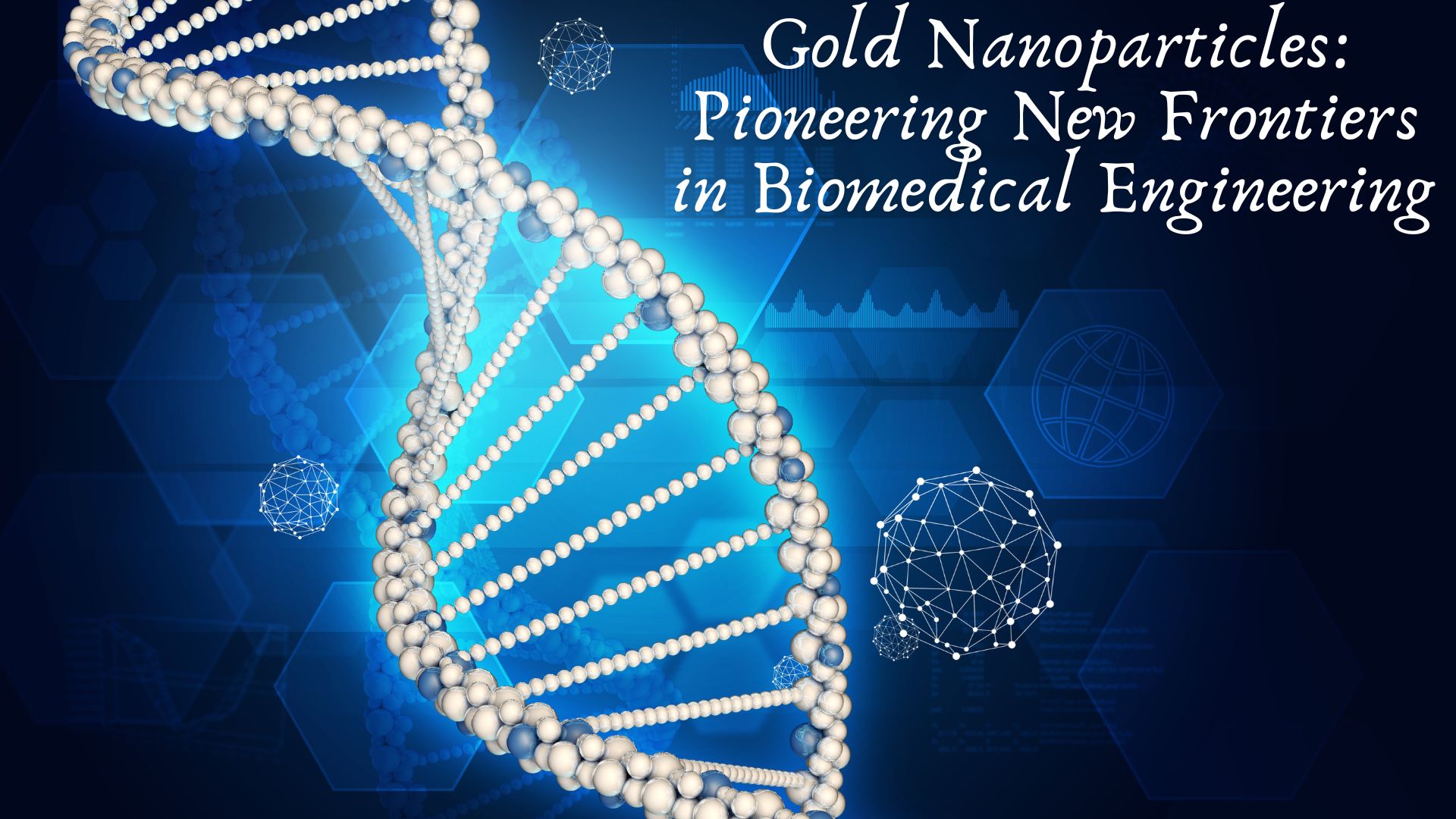
Gold nanoparticles (AuNPs) have emerged as one of the most fascinating and versatile tools in biomedical engineering. With their unique physical, chemical, and optical properties, gold nanoparticles are enabling groundbreaking innovations in diagnostics, therapeutics, and drug delivery. This article explores how gold nanoparticles are shaping the future of healthcare and biomedical technology.
Unique Properties of Gold Nanoparticles
The exceptional functionality of gold nanoparticles stems from their size, shape, and surface characteristics. Gold nanoparticles range from 1 to 100 nanometers and exhibit unique properties, such as:
- Surface Plasmon Resonance (SPR): This phenomenon allows AuNPs to absorb and scatter light in a way that can be tuned by adjusting their size and shape. This makes them ideal for imaging and sensing applications.
- Biocompatibility: Gold is inert and non-toxic, ensuring minimal adverse reactions in biological systems.
- Surface Functionalization: The surface of gold nanoparticles can be easily modified with biomolecules such as DNA, proteins, and drugs, enabling targeted delivery and enhanced interaction with biological systems.
- Stability: Gold nanoparticles resist oxidation, making them highly durable in various physiological conditions.
Applications in Diagnostics
Early Disease Detection
Gold nanoparticles have revolutionized diagnostic methods by enabling ultrasensitive detection of biomarkers. Their SPR properties amplify signals in:
- Lateral Flow Assays (LFAs): Commonly used in rapid tests for diseases like COVID-19 and malaria.
- Colorimetric Assays: Changes in color due to aggregation of AuNPs provide quick visual results for detecting biomolecules.
Medical Imaging
Gold nanoparticles enhance contrast in imaging techniques, such as:
- Computed Tomography (CT): AuNPs serve as superior contrast agents due to their high atomic number.
- Photoacoustic Imaging: SPR properties allow for precise visualization of tissues using laser-generated sound waves.
Therapeutic Innovations
Cancer Treatment
Gold nanoparticles are making significant strides in oncology:
- Photothermal Therapy (PTT): AuNPs absorb near-infrared light and convert it into heat, selectively destroying cancer cells without harming healthy tissues.
- Drug Delivery: Functionalized AuNPs deliver chemotherapeutic agents directly to tumor sites, reducing systemic toxicity.
Antimicrobial Agents
AuNPs demonstrate antimicrobial activity, providing an alternative to antibiotics for combating drug-resistant pathogens.
Gene Therapy
Gold nanoparticles are used as carriers for delivering genetic material (e.g., siRNA, DNA) into cells, opening new avenues for treating genetic disorders and viral infections.
Drug Delivery Systems
Gold nanoparticles are revolutionizing drug delivery by offering:
- Targeted Delivery: AuNPs can be engineered to recognize and bind specific cell receptors, ensuring drugs reach their intended site of action.
- Controlled Release: By modifying surface coatings, drug release can be triggered by external stimuli such as pH, temperature, or light.
Challenges and Future Directions
Despite their immense potential, several challenges must be addressed:
- Toxicity: While gold itself is biocompatible, the toxicity of stabilizing agents and surface coatings requires further investigation.
- Scalability: Producing AuNPs with consistent size and properties on an industrial scale is complex.
- Regulation: The use of gold nanoparticles in clinical settings requires rigorous safety and efficacy testing.
Future research is focusing on overcoming these hurdles and exploring new applications, such as:
- Personalized Medicine: Leveraging AuNPs for patient-specific treatments.
- Regenerative Medicine: Using AuNPs to enhance tissue engineering and wound healing.
- Advanced Diagnostics: Integrating gold nanoparticles with artificial intelligence for real-time disease monitoring.
Conclusion
Gold nanoparticles are at the forefront of biomedical engineering, offering transformative solutions for diagnostics, therapeutics, and drug delivery. As research and technology continue to advance, gold nanoparticles hold the promise of reshaping the landscape of modern medicine, bringing us closer to more effective, precise, and personalized healthcare.




Leave a Reply